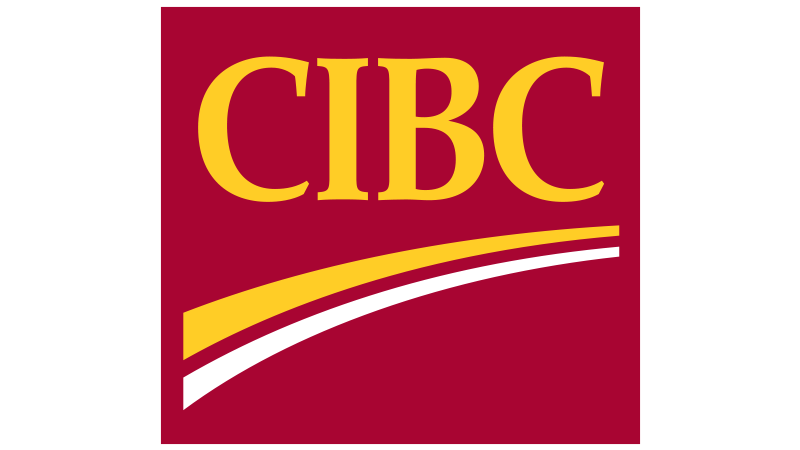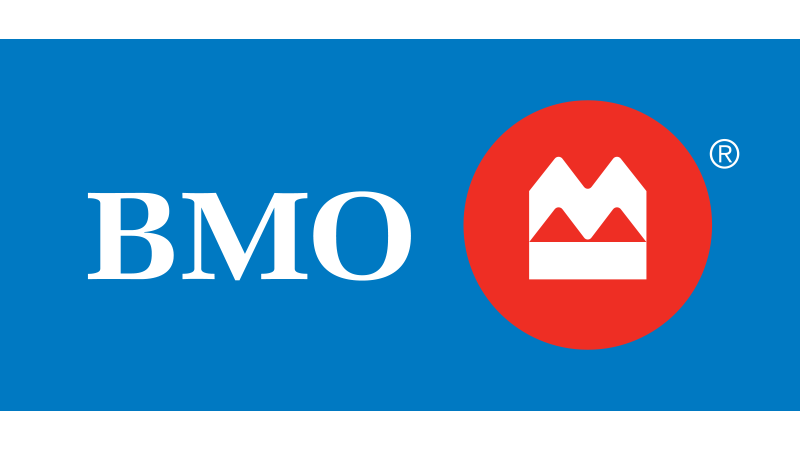Identifying SPAM
Many consumers receive legitimate emails about new products, special offers, warranties, subscription renewals, and newsletters. However, email inboxes can also be filled with unsolicited sales pitches or promotions, and shady offers, known as spam. These
unwanted messages clog inboxes, waste time, and can cause you to miss legitimate emails from reputable companies you may know or are already doing business with, but not all harmful or a cause for concern.
Under Canada's Anti-Spam Law (CASL),
companies in Canada are not permitted to send email communications to you without your express or implied consent, except in certain limited cases. Companies that have your consent must provide you with a way to unsubscribe from further email communications
if you wish.
The Canadian Marketing Code of Ethics and Standards requires members to comply
with all applicable laws, including Canada's Anti-Spam Law (CASL).
Below are some tips and flags to keep in mind.
Here are some tips to help you determine whether an email is spam or legitimate:
- If you asked for the information in the email, then it's not spam. Commercial emails to a group of people are legitimate if the people receiving it asked to get the communication by signing up for 'news' or offers. When you receive the email, verify that the sender is legitimate. If you spot anything that is unusual, such as incorrect spelling or a logo that doesn't look legit, take precautions as outlined below.
- When friends or family forward an email and ask you to send it to others, the email is not spam even if it is unwanted. You can ask the sender not to forward those types of emails in the future.
- You could receive an email from an infected computer that sends spam emails to a person's contact list without them knowing. If you get a blank email from a known individual, or one with a subject line that you suspect that individual would never write (e.g.: sign up for this amazing offer today), contact them to confirm if they sent it. If they did not send it, do not click any links or open any attachments, delete it immediately.
- If you receive a newsletter and you no longer wish to receive it, the email is legitimate. Every legitimate organization will provide an easy way for you to be taken off their subscription list. Be cautious when unsubscribing to a newsletter from an unknown source, especially if the unsubscribe process involves requests for unnecessary additional information. Some spammers masquerade as newsletters with "unsubscribe information" that can serve to confirm that your email is valid and cause you to receive even more spam.
A few common indicators of harmful spam are:
- Unsolicited message to confirm an account or fix a "security issue"
- Incorrect grammar or spelling
- Subject line and content do not match
- Suspicious attachments that may include .exe files
- Requests for personal information or passwords
- Offers that are too good to be true
- Email domains that does not appear to be legitimate (e.g.: name@01rg.com.at), but the name may be accurate. In these cases, be wary of opening, replying, or even clicking the “unsubscribe” button, as this will notify the spammer of your receipt and that you email address is valid. This could lead to incessant and increasing attempts to send harmful spam which can infect your computer with malware and could lead to more scam attempts.
Approach any email that you receive from a person or organization that you have never heard of with caution as it may be harmful spam. Be especially wary about opening any attachments from unknown senders as these can contain malware
or spyware. If you have no knowledge of the sender and do not know why you are receiving the message, it may be better to simply delete the email.
Learn more about fraud prevention and tips to protect yourself from scams, including those that occur by e-mail.
The Competition Bureau’s The Little Black Book of Scams, which is free to download, offers useful tips on ways to identify, avoid, and deal with a host of scams, including harmful and unwanted spam. Here is an excerpt about protecting yourself from harmful spam.
THINK
Don’t reply to harmful spam emails, even to unsubscribe, and do not click on any links or call any telephone number listed in a harmful spam email. Make sure you have current protective software or get advice from a computer specialist.
INVESTIGATE
If an email or pop-up offers you a product or service that genuinely interests you and it seems reasonable, be sure that you understand all the terms and conditions and costs involved before making a purchase or providing your personal or financial information.
ASK YOURSELF
By opening this suspect email, will I risk the security of my computer? Are the contact details provided in the email correct? Telephone your bank or financial institution to ask whether the email you received is genuine.







